Introduction
Managing heat in electronic systems is crucial for ensuring product reliability. Integrated circuits (ICs) exposed to high temperatures can fail or malfunction in the field, thus requiring costly repair or redesign. Typical thermal-resistance parameters give the resistance from the IC junction to some external reference point. Two popular measured parameters are the junction to ambient (Theta JA) and junction to case (Theta JC) values. These parameters have units of °C/W, indicating the temperature rise in °C for a given power dissipation. Knowing these package thermal-resistance values can help the system designer evaluate the thermal performance of different package types.This application note lists Theta JA and Theta JC values for Dallas Semiconductor temperature sensors organized by package and device type. Some example calculations are presented.
Theta JA and Theta JC Values
Tables 1 and 2 show the Theta JA and Theta JC values available for Dallas Semiconductor's temperature sensors. The values were obtained using the JEDEC standard test methodology for two- and four-layer boards. Board sizes, trace layouts, and environmental conditions were all measured. Further information on the JEDEC standards can be found at www.jedec.org under the JESD51 standard.Table 1. Theta JA and Theta JC Values for 1-Wire Devices
| 8-Pin DIP .300 | 8-Pin SO.150 | 8-Pin SO.208 | 3-Pin PR-35 | 3-Pin T0-92 | 3-Pin SOT23 | 5-Pin SOT23 | 8-Pin µSOP/µMAX® | 8-Pin µSOP Ex. Pad | 24-Pin TSSOP .173 | ||
| Two-Layer Board | Theta JA | 110 | 170 | 221 | 97 | 82 | |||||
| Theta JB | 250 | 140 | |||||||||
| Theta JC | 40 | 40 | 130 | 82 | 41.9 | 15 | |||||
| Four-Layer Board | Theta JA | 128.4 | 27.72 | 206.3 | 72 | ||||||
| Theta JB | |||||||||||
| Theta JC | 40 | 3.12 | 41.9 | 13 | |||||||
| 1-Wire Devices | DS18B20 | X | X | X | |||||||
| DS18B20-PAR | X | ||||||||||
| DS18S20 | X | X | |||||||||
| DS18S20-PAR | X | ||||||||||
| DS1821 | X | X | |||||||||
| DS1822 | X | X | |||||||||
| DS1822-PAR | X | ||||||||||
| DS1825 | X |
Table 2. Theta JA and Theta JC Values for Other Temp Sensors
| 8-Pin DIP.300 | 8-Pin SO.150 | 8-Pin SO.208 | 3-Pin PR-35 | 3-Pin T0-92 | 3-Pin SOT23 | 5-Pin SOT23 | 8-Pin µSOP/µMAX | 8-Pin µSOP Ex. Pad | 24-Pin TSSOP.173 | ||
| Two-Layer Board | Theta JA | 110 | 170 | 221 | 97 | 82 | |||||
| Theta JB | 250 | 140 | |||||||||
| Theta JC | 40 | 40 | 130 | 82 | 41.9 | 15 | |||||
| Four-Layer Board | Theta JA | 128.4 | 27.72 | 206.3 | 72 | ||||||
| Theta JB | |||||||||||
| Theta JC | 40 | 3.12 | 41.9 | 13 | |||||||
| 2-Wire Devices | DS1621 | X | X | X | |||||||
| DS1624 | X | X | |||||||||
| DS1629 | X | ||||||||||
| DS1631 | X | X | X | X | |||||||
| DS1631A | X | ||||||||||
| DS1721 | X | X | |||||||||
| DS1731 | X | ||||||||||
| DS1775 | X | ||||||||||
| DS1780 | X | ||||||||||
| DS75 | X | X | |||||||||
| DS75LV | X | X | |||||||||
| DS620 | X | ||||||||||
| 3-Wire and SPI Devices | DS1620 | X | X | ||||||||
| DS1626 | X | ||||||||||
| DS1720 | X | ||||||||||
| DS1722 | X | X | |||||||||
| DS1726 | X | ||||||||||
| Analog Devices | DS60 | X | |||||||||
| DS600 | X |
Precautions for Using Theta Values
Using the values in Tables 1 and 2 for any conditions that differ from the JEDEC standard will nearly always result in calculation errors. In fact, the JEDEC standard 51-3 specifically states, "It should be emphasized that values measured with these test boards cannot be used to directly predict any particular system application performance but are for the purposes of comparison between packages."¹The values do not account for irregular board sizes, enclosed packages, heating from nearby ICs, all factors which can all affect application-specific temperature changes. When using application-specific boards, actual temperature measurements and further analysis are needed.²
Self-Heating Calculations
Occasionally the power dissipation of a temperature sensor causes the device to measure a temperature greater than ambient. This phenomenon is known as self-heating. By using Equation 1, the Theta JA value can be used to estimate the IC's internal temperature rise:
The DS1620, for example, is packaged in an 8-pin, 208 mil SO and has a Theta JA of 27.72°C/W. The data sheet indicates that the maximum conversion current for this device is 1mA and the maximum supply voltage is 5.5V. Assuming a worst-case conversion duty cycle of 100%, the power dissipation is 5.5mW. For true worst-case power consumption, assume that the device is also sinking 4mA into both TH and TCOM pins. The data sheet specifies the Vol level at 0.4V for 4mA, which adds an additional 1.6mW per pin for a total power dissipation of 8.7mW. The resulting temperature rise is:

For the worst-case scenario, the DS1620 junction temperature rises less than 1/4°C, so self-heating is only a minor concern for this particular packaged device.
Maximum Power Dissipation
The theta values can also be used to approximate the maximum power dissipation allowed for a specific packaged device. This calculation can help determine whether the package alone dissipates enough heat, or if an external heat sink is necessary. Equation 3 can be used to calculate the maximum power dissipation allowed by the device:
Assume, for example, that your application has a maximum ambient temperature of +110°C. The DS1620 data sheet lists a maximum operating temperature of +125°C. Using these values in Equation 3 yields the maximum power dissipation allowed:

To safely use the DS1620 in an SO package, therefore, the maximum power must be limited to 541mW. Power consumption greater than that would require reducing the ambient temperature or adding a heat sink to dissipate more heat. The maximum power consumed by the DS1620 was already shown to be 8.7mW, so this application is safe in the SO package.
Comparing Package Types
Theta values are defined so a designer can compare different package types for a specific application. This analysis requires that the actual junction temperature be measured in the specific application. This measurement can be done for a temperature sensor by simply reading the temperature from the part. An accurate reading of the ambient temperature must then be known. With these two temperature measurements, the actual delta above ambient is known. This information and the Theta JA values can be used to compare two package types. By using Equation 5, the temperature rise of a different part can be estimated.³
Assume, for example, that the DS1620 had a temperature rise of +0.241°C in an application. Then the designer wanted to estimate the temperature rise of another smaller device like the DS1626 in the same application. The values shown in Equation 6 would apply:

As shown in Equation 6, the temperature rise in the DS1626's smaller package is significantly more than for the DS1620. Yet, the temperature rise is proportional to the ratio of Theta JA values. This comparative method of analyzing temperature and power dissipation between devices is why the theta values were created. The resulting calculations are reliable.³
Summary
The package thermal-resistance values, Theta JA and Theta JC, can be useful in determining the thermal response of ICs in a JEDEC-constrained environment. Under any other conditions, the calculations are likely to deviate from measured parameters. While the theta values can be useful in approximating self-heating characteristics and maximum power dissipation, their primary purpose is to compare the thermal performance of one package to another.References
- EIA/JEDEC Standard, EIA/JESD51-3, "Low Effective Thermal Conductivity Test Board for Leaded Surface Mount Packages," at www.jedec.org/download/search/jesd51-3.pdf, (09/21/2006).
- Actel, Application Note, "Package Thermal Characteristics," at www.actel.com/documents/Pack_Therm_AN.pdf, Internet, 09/21/2006.
- Sarang Shidore, Application Note, "Our Old Friend Theta-JA", at www.coolingzone.com/Guest/News/NL_FEB_2001/Sarang/Sarang_Feb.html, (09/21/2006).
µMAX is a registered trademark of Maxim Integrated Products, Inc.
1-Wire is a registered trademark of Maxim Integrated Products, Inc.
Dallas Semiconductor is a registered trademark of Dallas Semiconductor Corp.
Dallas Semiconductor is a wholly owned subsidiary of Maxim Integrated Products, Inc.
 电子发烧友App
电子发烧友App










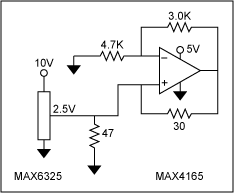
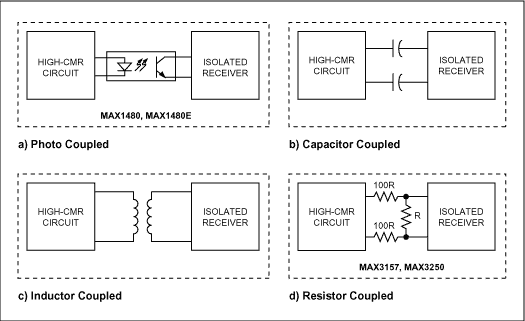
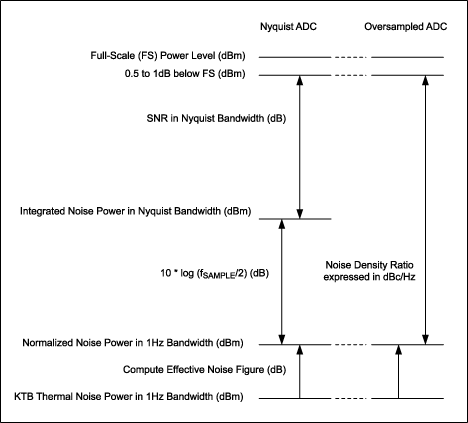



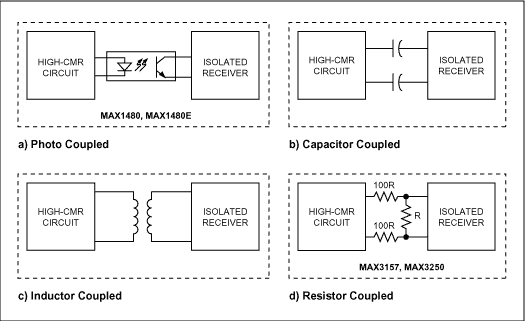
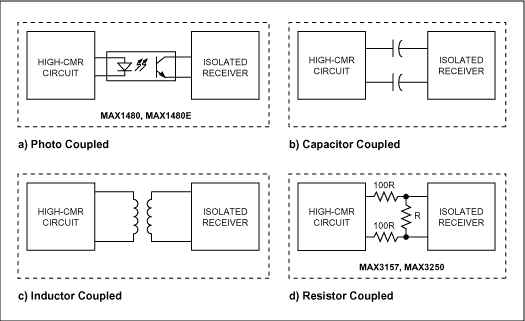
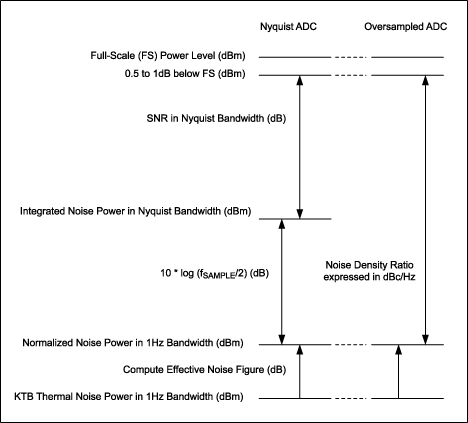
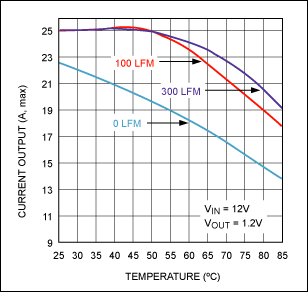
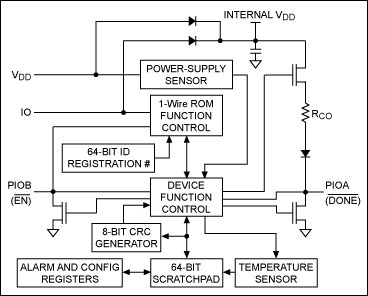
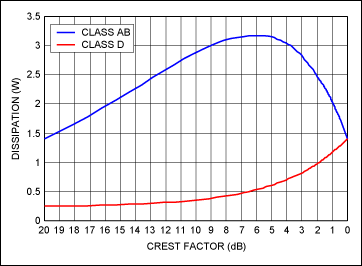












评论